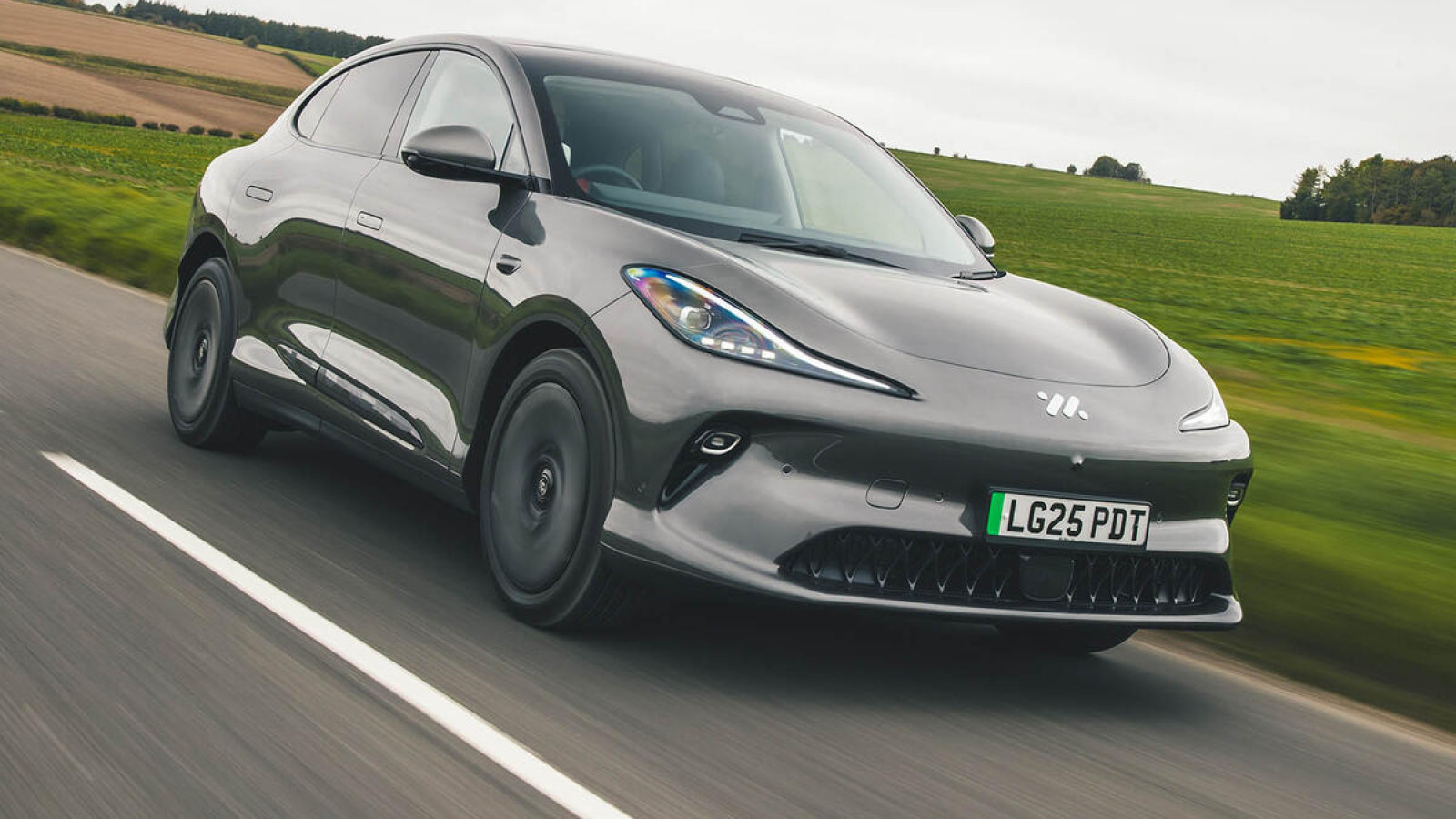
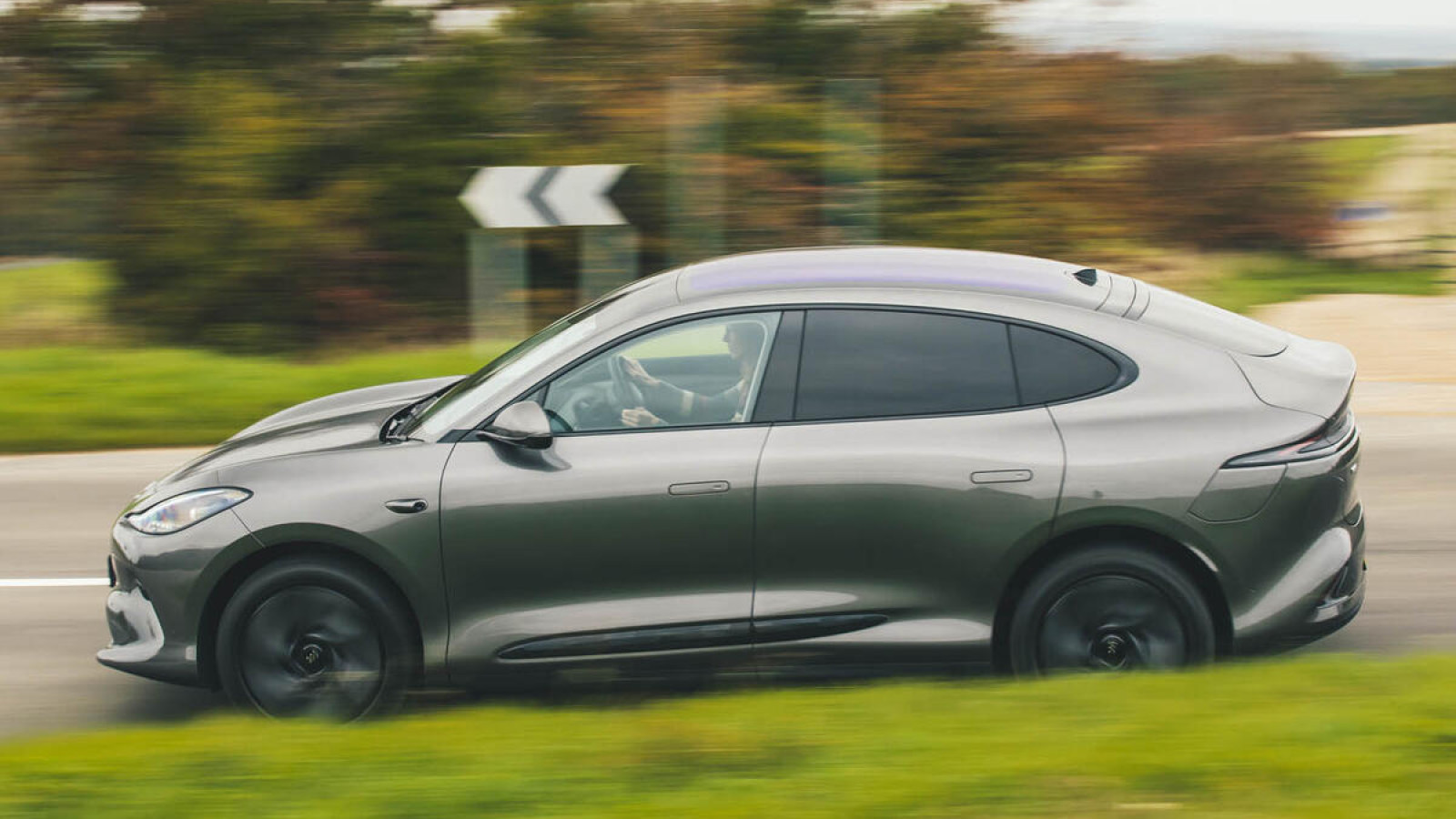

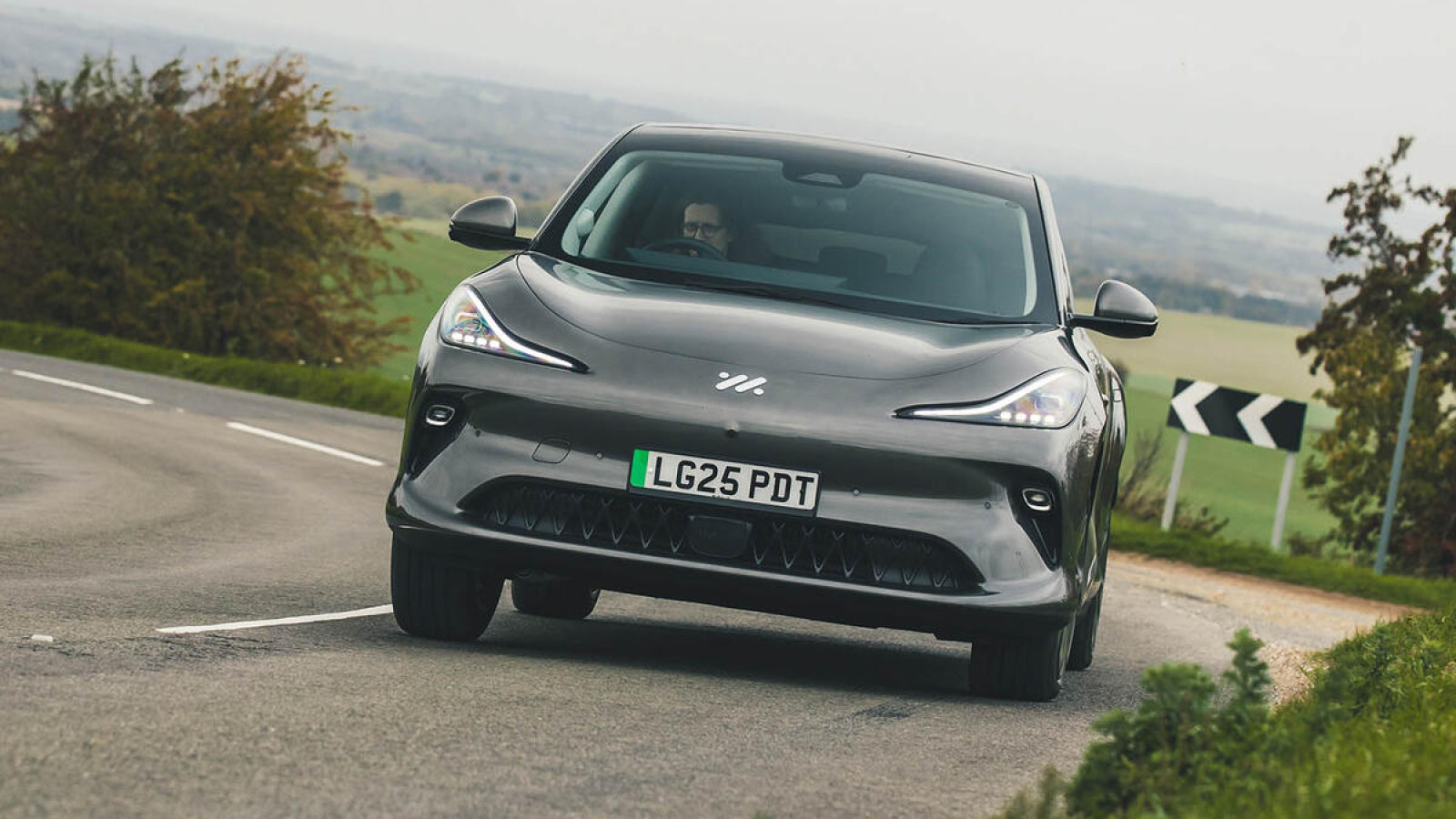
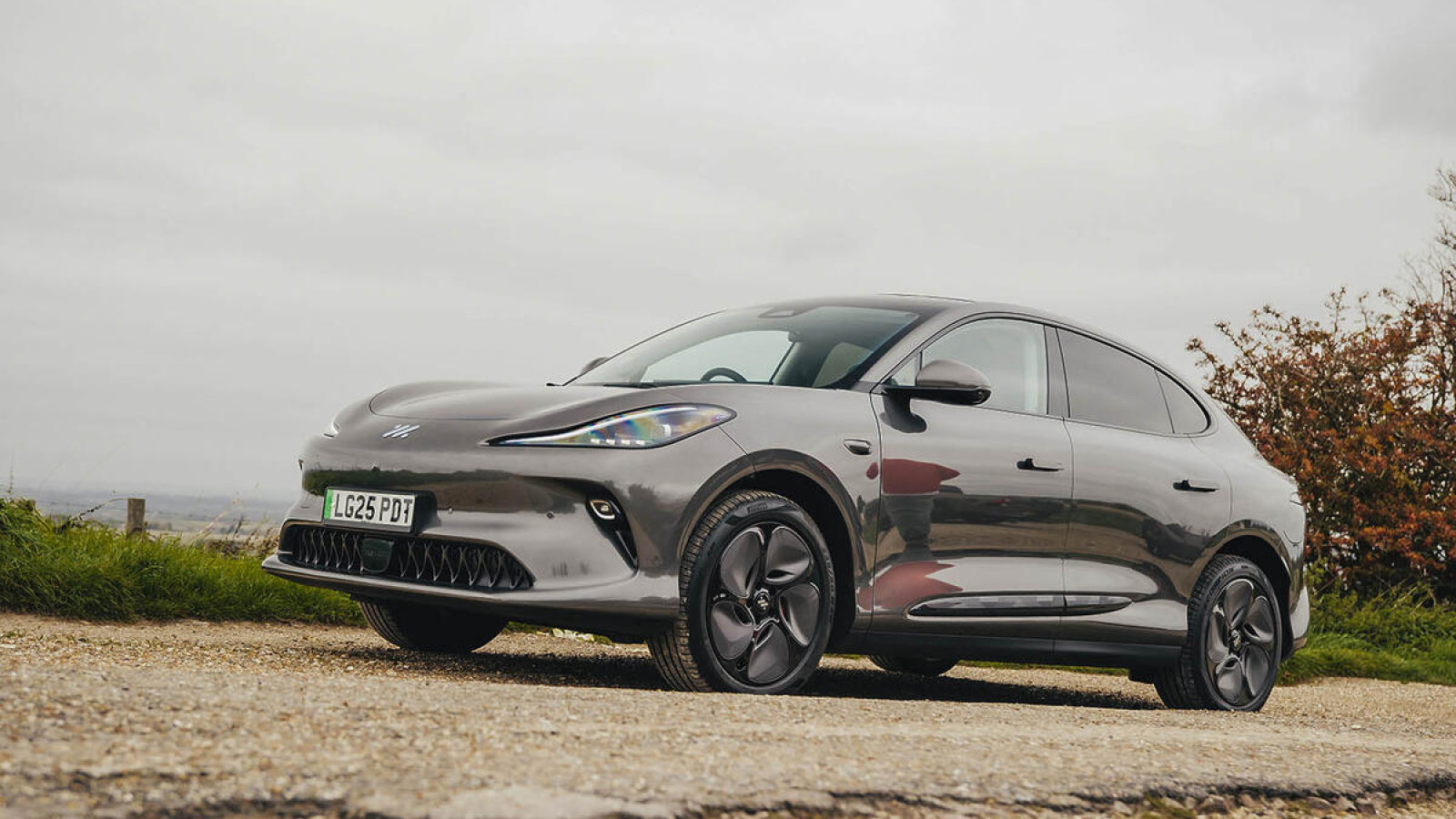
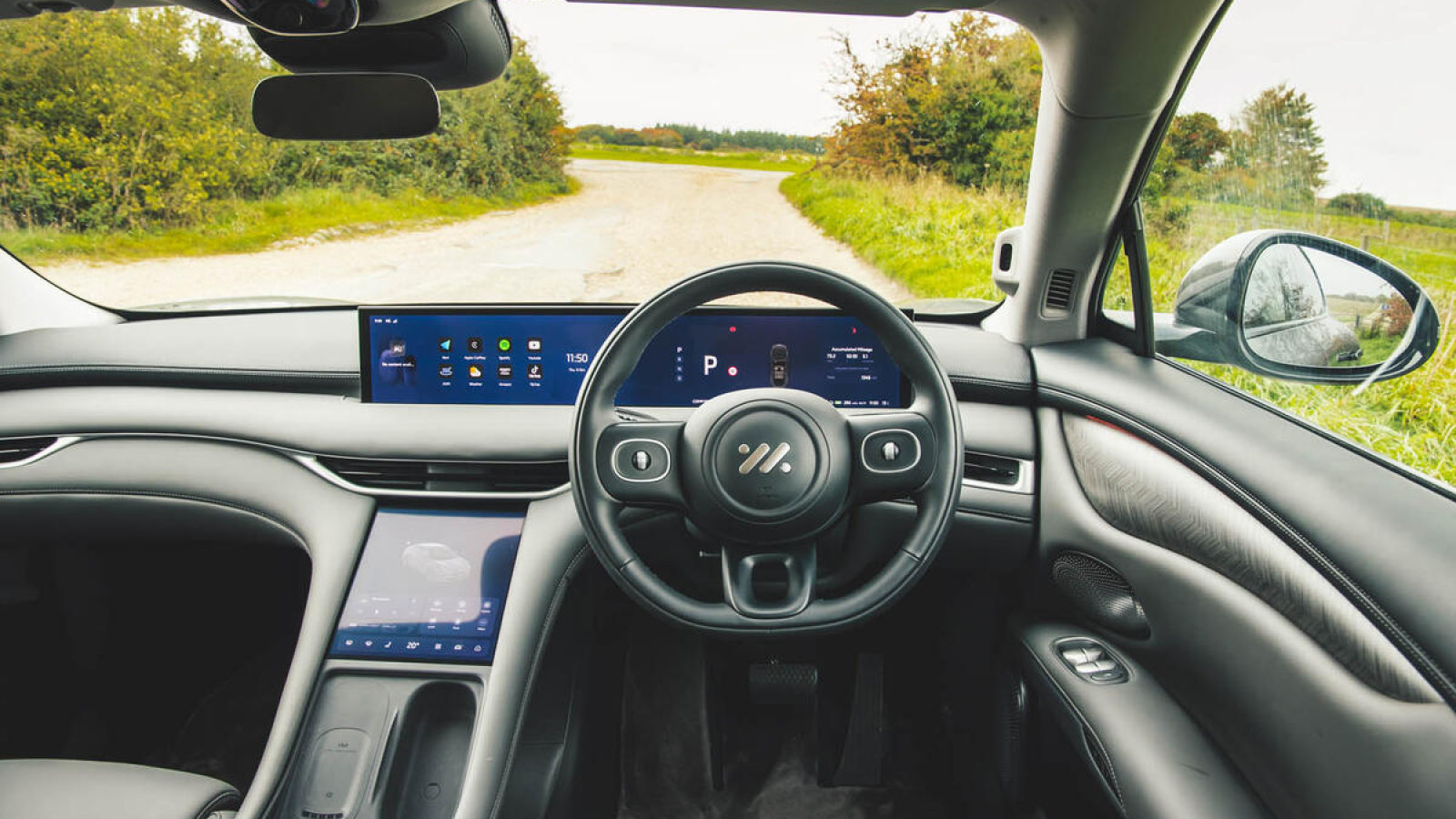
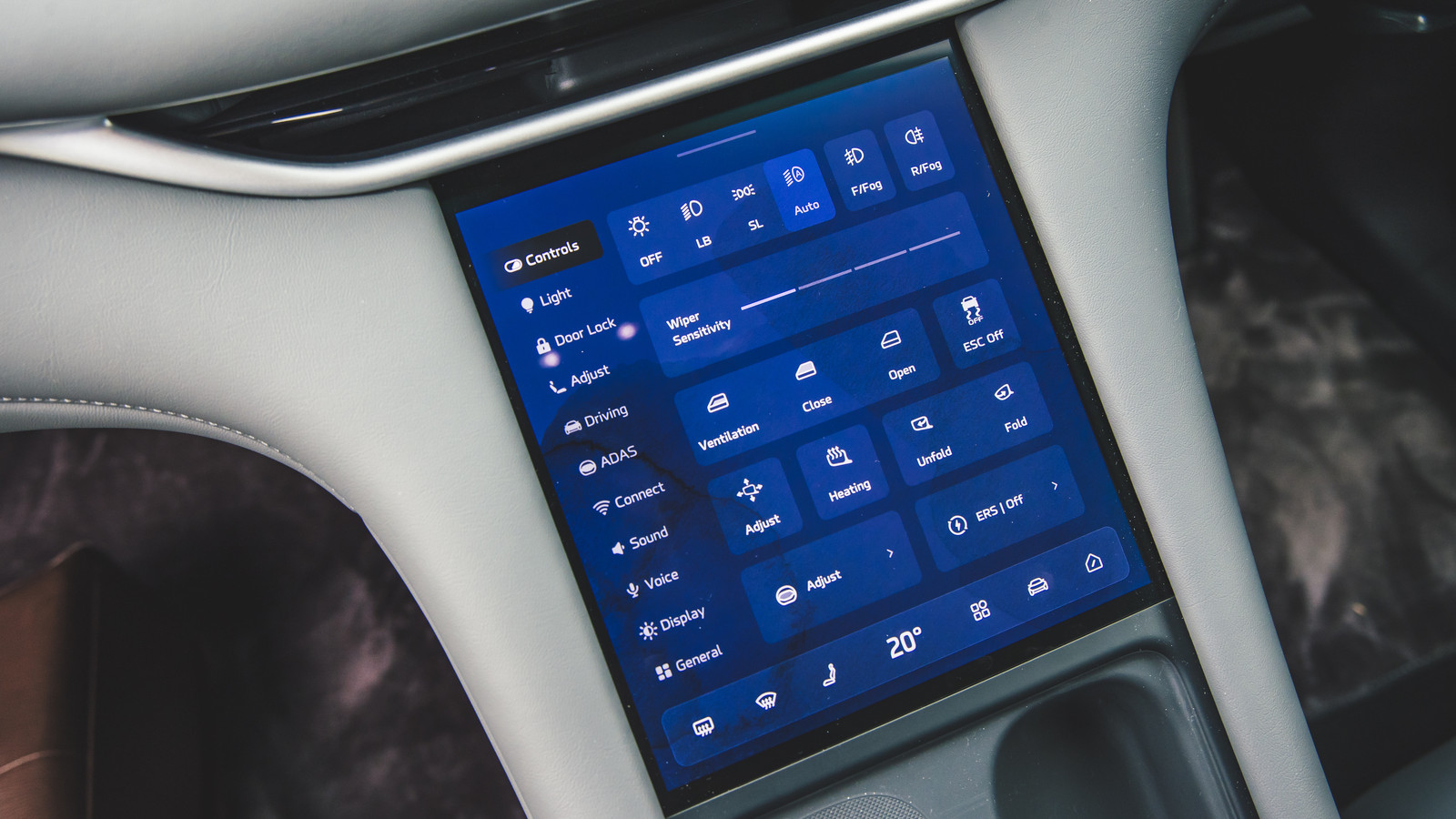

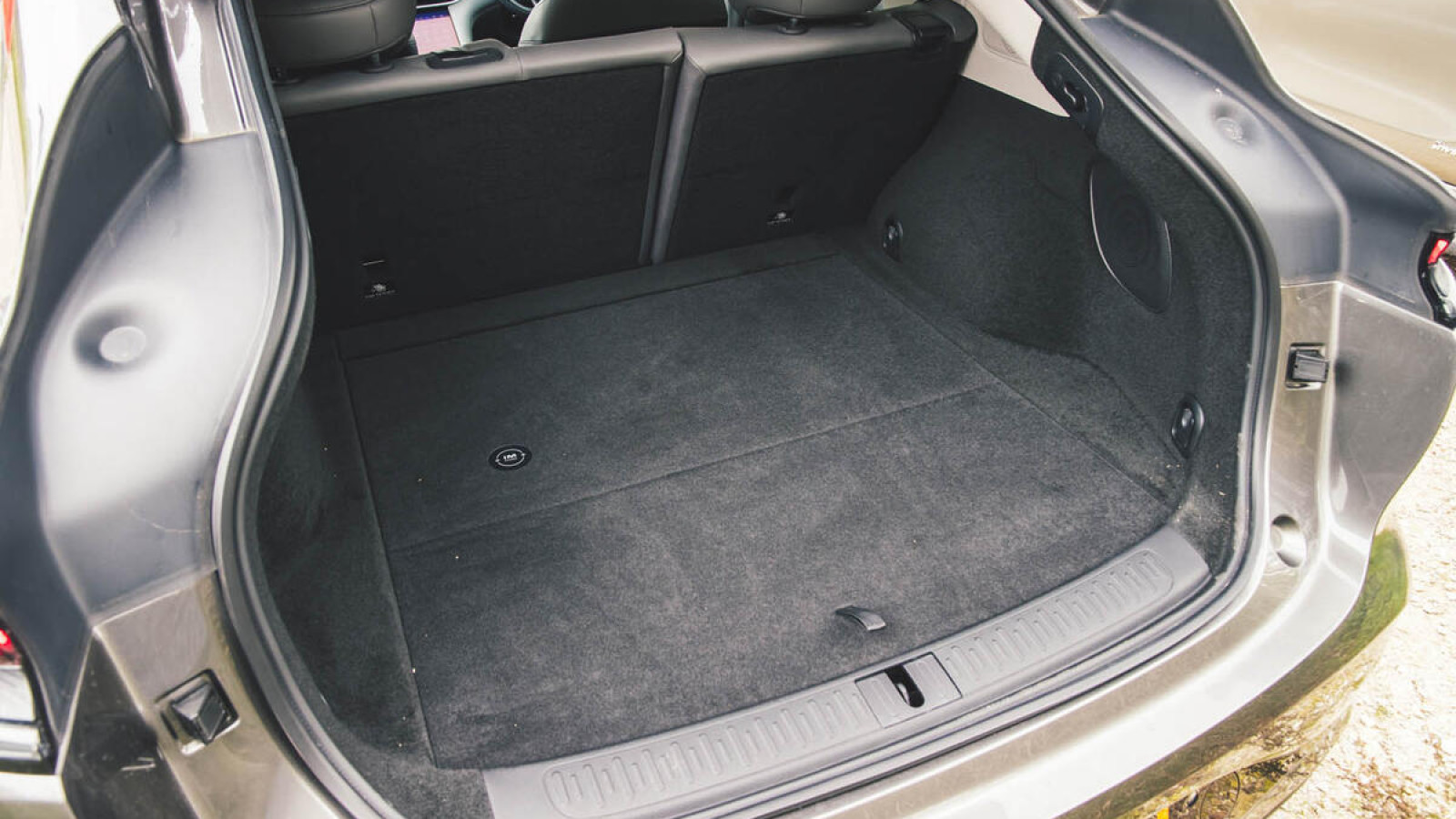
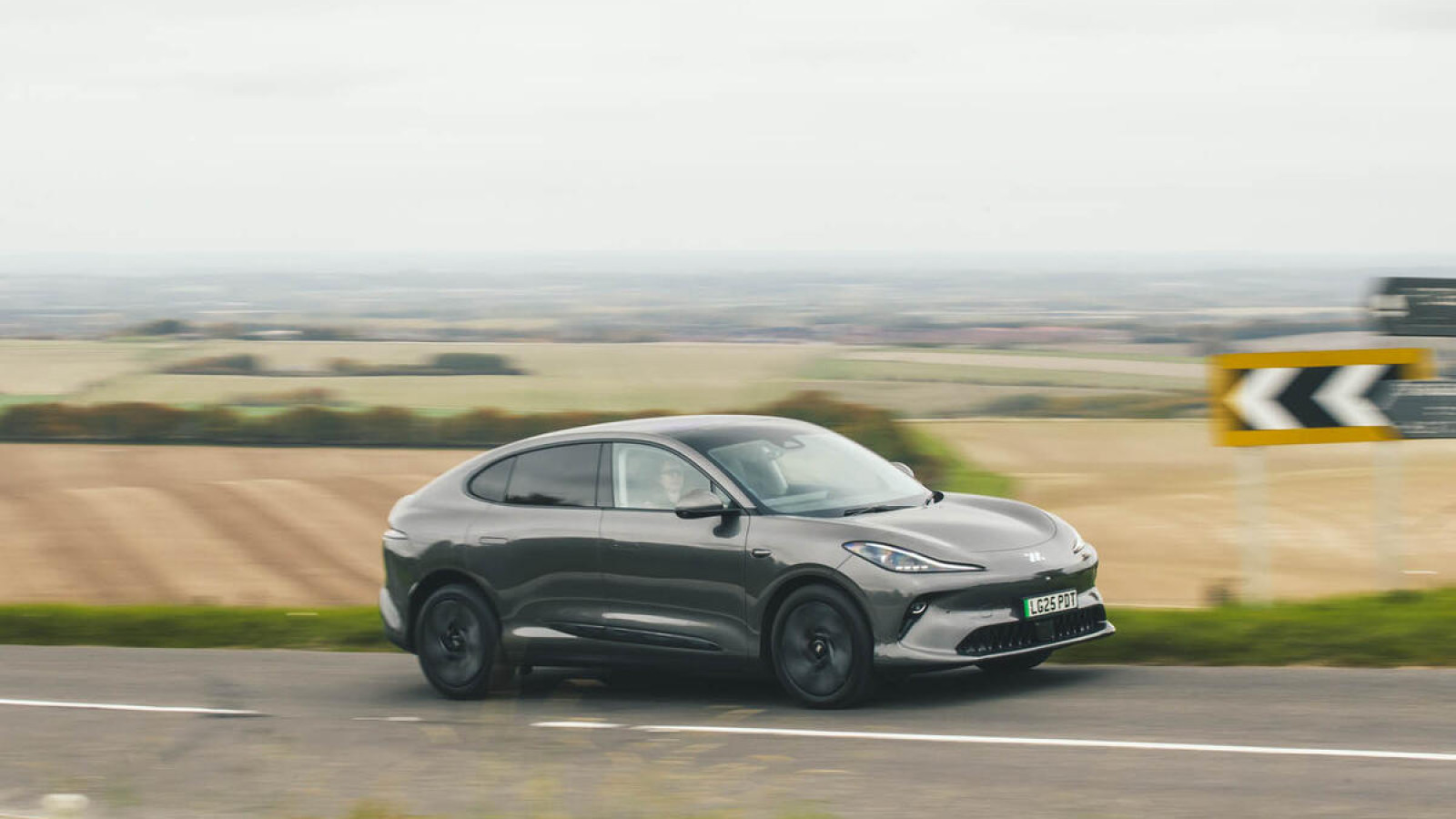
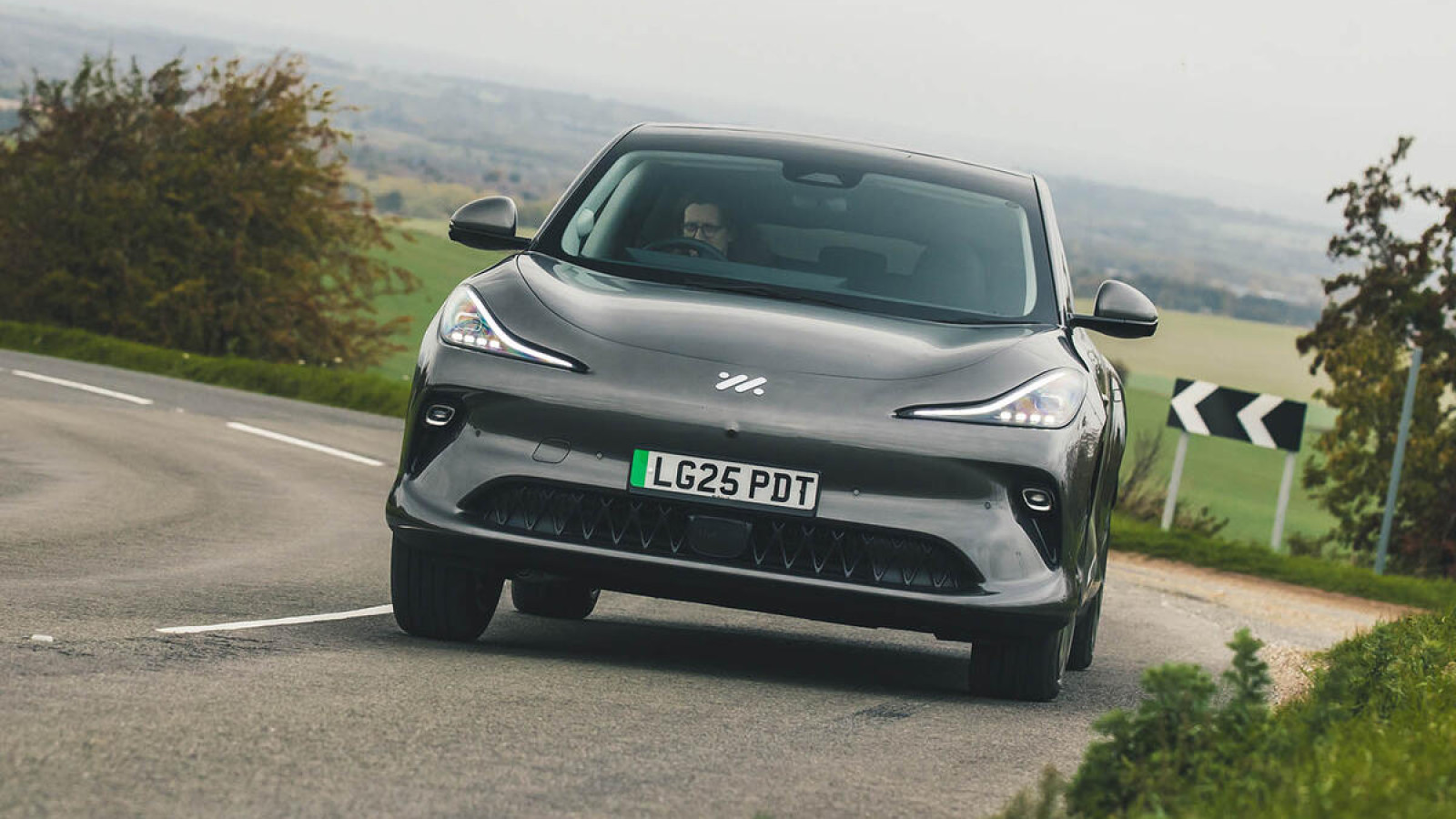

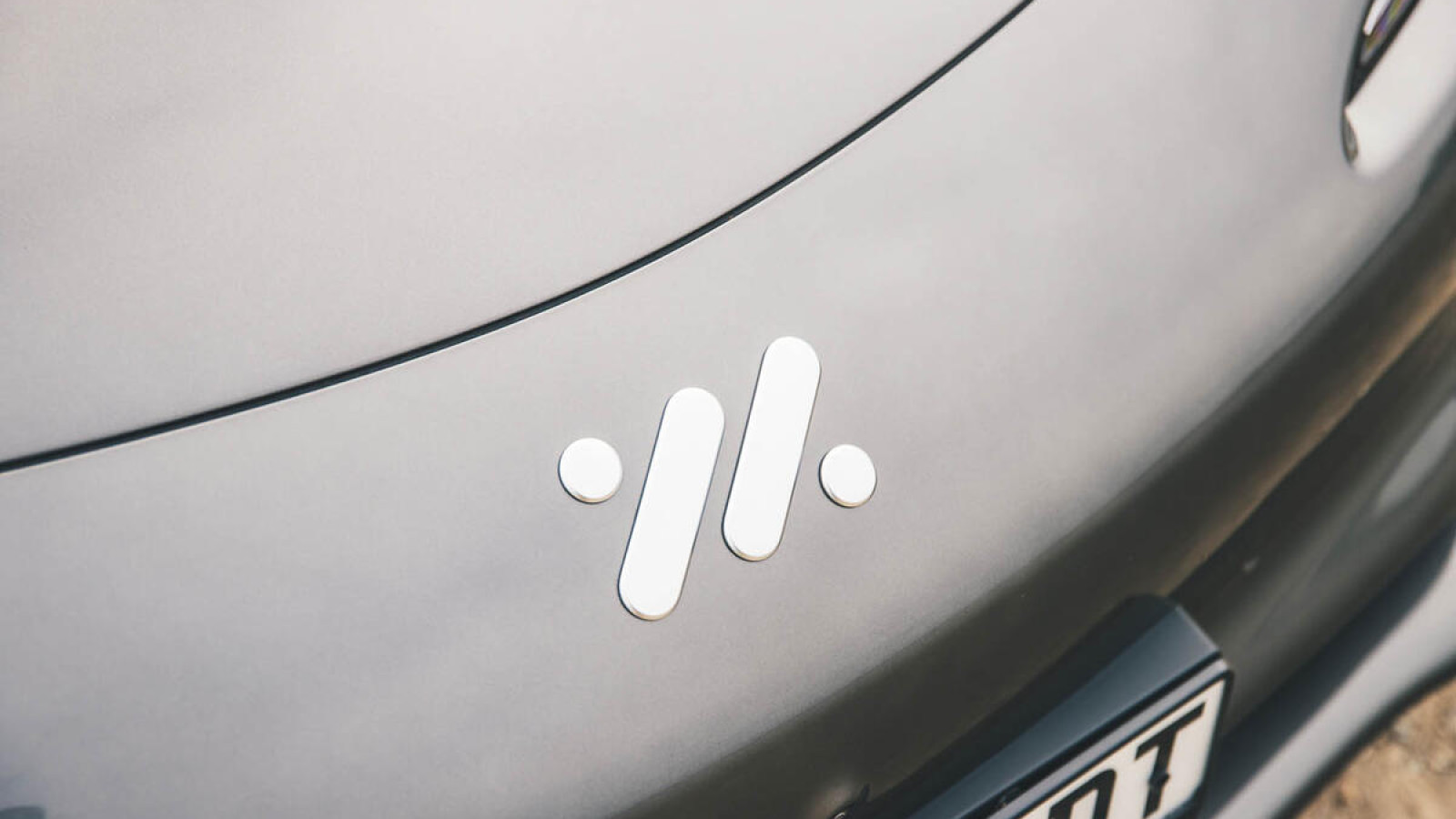
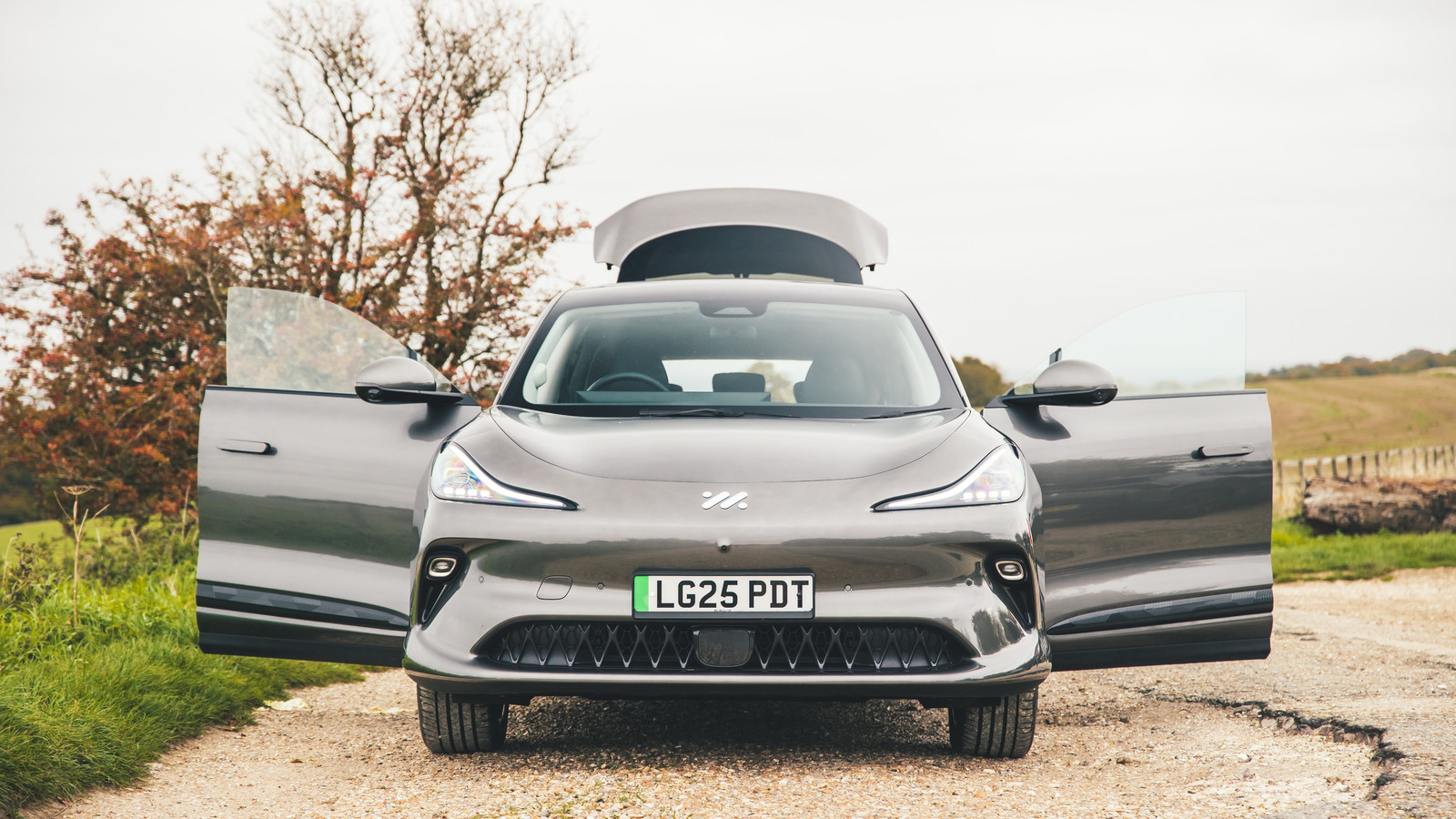
Since MG Motor’s foray into electric vehicles in 2019, the company has arguably become China’s most recognisable carmaker.
However, its latest car targets a new market.
The MG IM 6 is one of two cars launched as part of the Chinese company’s new premium subbrand.
At 4.9 metres long, it’s larger than the Tesla Model Y and Polestar 2. The IM 6 has a lower-roofed, fastback saloon sibling, the IM5, which is the carmaker’s alternative to cars like the BMW i4 and Volkswagen ID 7.
MG envisions the IM brand as a leader in sophisticated, high-performance electric vehicles, distinguished by their advanced innovation and refined quality.
But can the IM 6 compare with the traditional, European elite? We’ve driven one to find out.
In terms of its design, the IM 6 could be mistaken for several other models already on sale. It bears a striking resemblance to the old Tesla Model Y, while a glance at the rear end of the car reveals similarities to the Aston Martin DBX.
It shares its platform with the IM5 saloon, but offers a 96.5kWh battery with 800V architecture. That means it can charge very quickly, at speeds of up to 396kW.
The IM 6 is available with front or four-wheel drive. With a single motor, the car offers an impressive 624km (388 miles) of range. Even here, drivers have access to 403bhp and 369lb ft of torque, but dual-motor versions offer a crazy 742bhp and 592lb ft.
The IM 6 is notably large for its class at 4.9m, exceeding the 4.7m average, and features a substantial drive battery. Consequently, the vehicle is quite heavy, weighing in at 2340kg as measured. This makes it roughly 10%, or about 250kg, heavier than most of its competitors.
Inside, the IM 6 is bright and spacious, with comfortable seats and a huge glass roof. However, while most of the materials look and feel premium, nothing is interesting enough to distinguish it from other electric cars.
Every car gets a widescreen digital display behind the steering wheel, plus a huge touchscreen. While the screens are clear and high resolution, they control too many features. You even have to use it to adjust your seats and headlights. There is at least a wiper and an indicator stalk.
Rear occupant space is quite generous, with more headroom than a Tesla Model Y or Kia EV6, and significantly more legroom and headroom than a Polestar 2.
Boot space is rated at 665 litres with the seats up, which increases to 1,640 litres when the rear seats are folded down. Its shape, due to the boot sides and roofline, could limit the size of cargo that can be carried.
Out on the road, the IM 6 accelerates strongly but not aggressively. Despite having over 100bhp more than a Tesla Model Y, the IM 6 doesn’t blow it out of the water for performance. You will hit 0-100kph (0-62mph) in 5.5sec. It is much faster than a Kia EV6, which will do it in 7.5sc.
The MG IM 6 is an effortless long-distance traveller, with a smooth ride over faster roads. Body movement is well-controlled at speed, without exaggerated body roll, vertical heave, or pitch and dive.
At lower speeds, the steering is compliant, but it becomes heavier and more laborious at higher speeds. It never offers enough communication or connection to encourage engagement. Although effective, the traction and stability control systems are quite proactive and a little intrusive when pushed to the limit of grip.
When you consider its 800V rapid-charging and its on-paper performance, the IM6 looks like genuinely good value for money at a sub-£50,000 (€56,714.92, $65,377) entry price.
In our charging test, the test car achieved a weighted average of 242kW, even though it was connected to a 350kW charger and rated for a peak draw of 396kW.
Only Porsche Taycans and Lotus EVs have surpassed this performance.
So, what’s our verdict? Well, the IM6 offers significant value as an electric vehicle, boasting an advanced powertrain unmatched by competitors.
It is a spacious, refined, and manoeuvrable car that feels quietly luxurious in its unassuming manner.
However, while its positioning effectively promotes budget options, it's less likely to appeal to premium-brand enthusiasts, such as those with an affinity to Porsche, BMW or Mercedes-Benz.
They will readily observe its deficiencies, which include a lack of genuine character, distinctive styling, dynamic sophistication, and meticulous system refinement - just as clearly as its impressive specifications.

